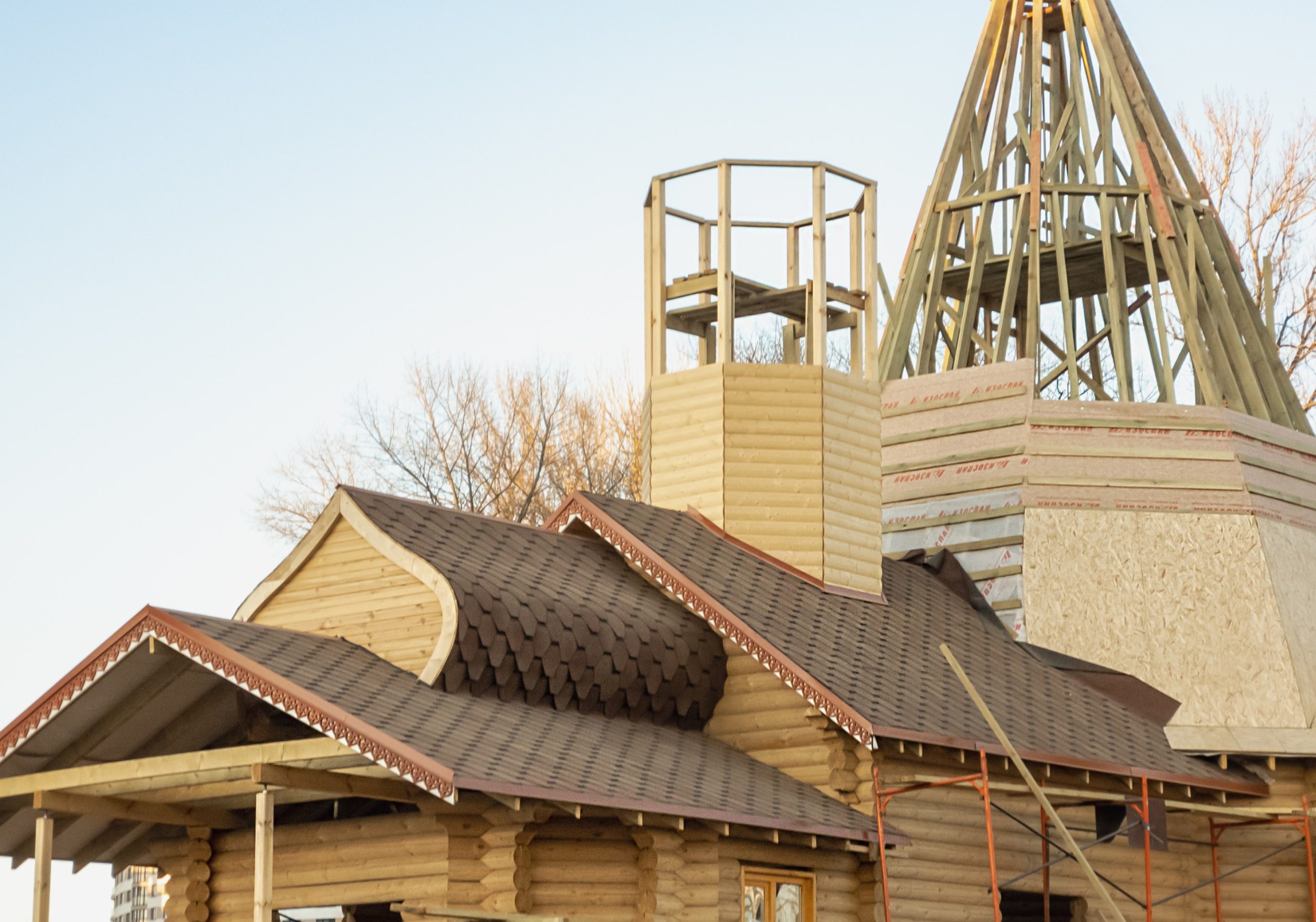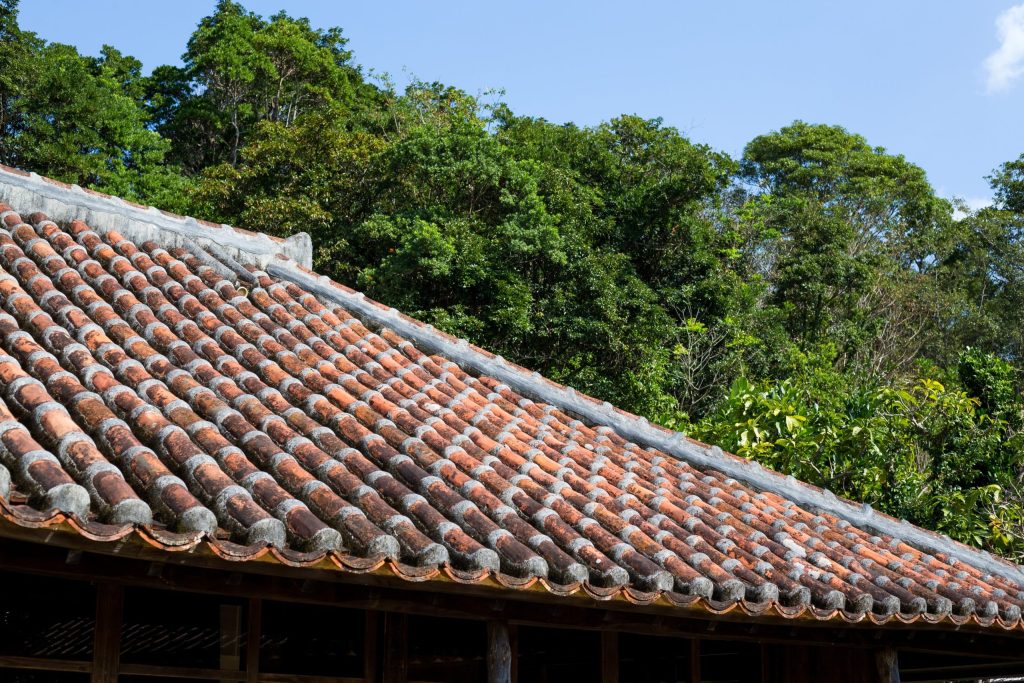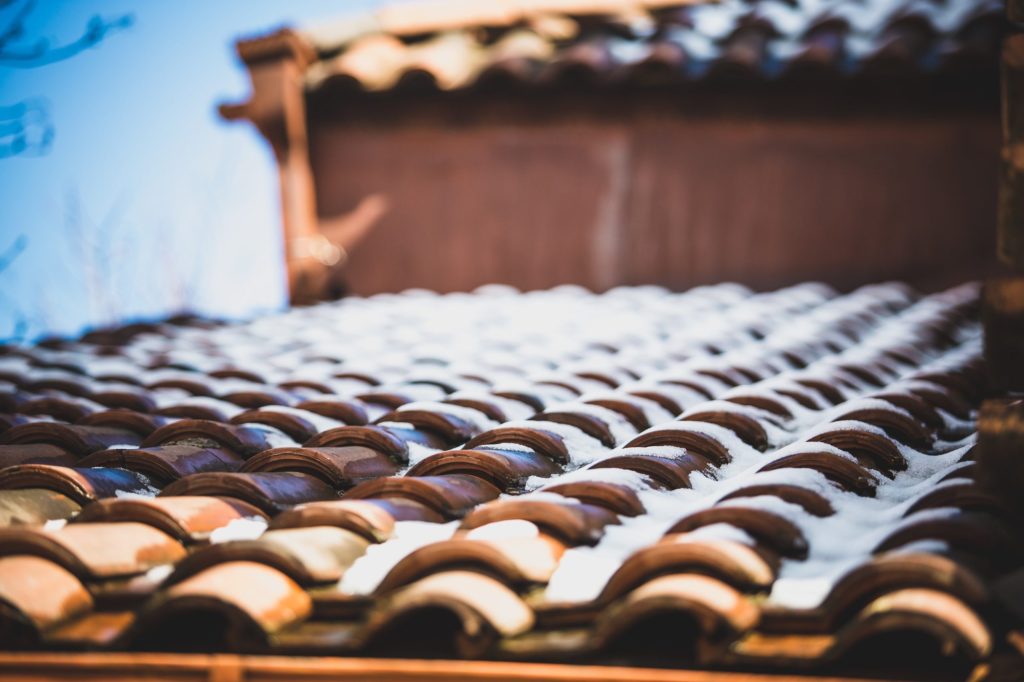When choosing a new roof, one of the toughest choices is “get one strong enough to last, but good enough to fit in with the house”. Barrel roof tiles make it easy.
Barrel tiles are semi-cylindrical pieces installed in an alternating interlocking pattern, a “cap” over a “pan.” The silhouette creates that traditional Spanish and Mediterranean-style curve many people picture when they think of a classic Spanish tile roof.
The shape sheds water quickly, channels runoff, and produces dimensional shadows that boost curb appeal.
- Also known as: barrel tile, mission tile, cap-and-pan, or two-piece barrel.
- Signature look: high barrel or medium barrel tiles that read as warm, sculpted waves.
- Pairs with: stucco exteriors, arched details, and old-world aesthetics, and yet looks sharp with modern lines, too.
If you want the most traditional cap-and-pan look, explore Verea’s True Barrel Tile profile.
 What Sets Barrel Roof Tiles Apart From Other Roof Types
What Sets Barrel Roof Tiles Apart From Other Roof Types
Barrel roof tiles are different from all other materials in that they harmonize long-lasting strength, timeless beauty, and modern performance factors. And here is how they contrast with asphalt shingles, metal roofs, and other favorites.
1. Longer Lifespan
The majority of asphalt shingles last for 15 to 25 years, but clay and concrete barrel tiles can easily extend past 50 years. Some European clay roofs have been there for centuries. For homeowners, this implies fewer roof replacements over time, lower long-term maintenance costs, and better return on investment.
2. Better Weather Protection
The curved, semi-cylindrical shape of barrel tiles is not merely cosmetic. It’s designed to allow water to run off the roof quickly, keeping it from leaking and damaging the building. Properly installed, they can withstand:
- Hurricane-force winds
- Tropical storms and heavy rain
- Flying debris and hail
- Freeze / Thaw Performance: Grade 1 clay tile can withstand extreme temperatures that can cause lesser tile to delaminate and spall.
This makes them a high-value commodity for residents of Florida, where extreme weather is a constant factor.
3. Fire And Impact Resistance
Compared to asphalt shingles or wood shakes, barrel tiles are inherently fireproof. Their added hail and debris impact resistance also offers a level of safety that lighter materials cannot provide. This union of fire-resistance and impact resistance makes them a trustworthy choice for diverse climates.
4. Energy Efficiency
Natural ventilation under the rounded profile of barrel tiles allows air to circulate underneath the roof. This regulates interior temperatures and reduces heat transfer, creating a cool roof effect. As opposed to shingles or some metal roofing materials, this efficiency means lower-cost energy bills and greater interior comfort.
Why Barrel Tiles Look “Classic” (And Never Dated)
The barrel profile makes color variation and light play obvious in the best way. Whether you prefer earthy terracotta, nuanced pre-blends, or neutral tones like graphite and brown, the shape adds depth you can’t fake with flat materials.
- You get an authentic look that reads as handcrafted and architectural.
- The curved “scallop” rhythm along ridges and hips gives a classic look from every angle.
- Color options range from single hues to rich blends that echo European roofs. Verea’s current catalog shows a dozen+ popular blends and individual tile colors (including Graphite, Ohio Red, Peach, Brown, and more).
Also, the barrel clay’s low thermal conductivity helps keep attic temperatures more stable, easing the load on HVAC equipment compared to many other roofing materials. Verea notes that its clay tiles are strong thermal performers; their red tiles meet an SRI of 29, supporting cool roof strategies in the right assemblies and climates.
If your jurisdiction requires Cool Roof documentation, your roofing company can reference the Cool Roof Rating Council directory and local energy code requirements during your roofing estimate.
Browse real-world finishes in Verea’s gallery to see how roof colors read on different homes.
Why Are Barrel Roof Tiles So Durable?
The durability of barrel roof tiles comes from the way material quality, design, and installation all work together. These tiles are engineered to last decades, even in climates that put roofing systems to the test.
1. High-Quality Materials
Barrel tiles are made from some of the strongest roofing materials available. Clay tiles are fired at extremely high temperatures, creating a dense and hardened surface that resists water absorption, humidity, and sun damage.
Concrete barrel tiles, on the other hand, are formed from a mixture of cement, sand, and water, giving them impressive strength against impacts and weathering. Both options are naturally resistant to fire, which adds another layer of protection that materials like wood or asphalt cannot offer.
2. Semi-Cylindrical Design
The familiar curved shape of barrel tiles is not just for visual appeal; it is a key reason they perform so well over time. Their semi-cylindrical form directs water off the roof quickly, which helps prevent leaks and structural damage. The shape also creates small air channels under the tiles. This airflow reduces heat transfer into the home, minimizing thermal stress on the roof structure and helping with energy efficiency.
3. Weather Resistance
Barrel tiles are built to withstand the elements. Properly installed, they can resist hurricane-force winds, making them especially valuable for Florida homeowners who deal with tropical storms.
They also hold up well against hail and flying debris, maintaining their integrity where lighter materials like asphalt shingles might fail. Their fire resistance provides additional peace of mind for homeowners in regions prone to wildfires.
4. Long Lifespan
One of the most impressive features of barrel tiles is their lifespan. While asphalt shingles typically last between 15 and 25 years, clay roof tiles often remain strong for 50 years or more. There are clay tile roofs in Europe that have stood for centuries, which proves just how reliable this roofing material can be. Choosing barrel tiles means fewer replacements, fewer repairs, and better long-term value.
5. Modern Engineering
Advancements in roofing products have made today’s barrel tiles even more dependable. Interlocking systems have improved their wind resistance, while lighter-weight designs make them easier to install without always requiring additional structural support.
Many manufacturers now back their tiles with extensive warranties. At Verea Clay Tile, for example, products often come with a limited lifetime warranty, a clear sign of confidence in their long-term performance.
Barrel Roof Tiles Are Lighter Weight Than You Might Think
People often assume clay automatically means “heavy.” Here’s helpful context from Verea’s current catalog and product pages:
- Verea Barrel Tile: ~862 lbs per square (154 tiles).
- Verea S Tile weighs only 686 lbs per square, and our lightweight Caribbean installs at under 6 lbs per foot.
- Concrete flat tile commonly ranges from ~950–1,200 lbs per square, per Verea’s product guidance. So many clay barrel tiles are lighter weight than a lot of concrete options.
Weight still matters. If you’re upgrading from an asphalt shingle, have your installer verify whether your framing needs additional structural support for a new roof. The right evaluation (and, if needed, reinforcement) ensures top performance over the full lifespan of the roof.
For installation methods, attachment, and uplift calculations, pros rely on FRSA/TRI and Miami-Dade NOAs.
 Practical Steps To Planning Your Roofing Project
Practical Steps To Planning Your Roofing Project
- Pick your profile. Decide between the deep-shadow mission look of two-piece barrel or the efficiency of the Spanish S. See Verea’s Products page for both, plus flat options.
- Choose a color family. Explore tile colors in the gallery provided from warm terracotta to neutral tones like Graphite and Brown.
- Confirm structure. If you’re moving from shingles to tile, have your contractor or engineer evaluate framing for any needed additional structural support.
- Follow the specs. Your contractor should reference the Miami-Dade NOA for your profile and the FRSA/TRI high-wind manual for fastening patterns and foam/adhesive schedules (where allowed).
- Get the numbers. Ask for a written roofing estimate that breaks down materials, labor, and accessories so you can compare roof costs accurately.
You will love barrel tile if you want:
- The look of Spanish mission roofs or a Mediterranean villa refresh
- A classic roofing profile that pairs with stucco and stone
- Lasting color without repainting or recoating
- Engineering that meets Florida’s demanding wind zones
- A durable finish that handles sun, rain, and even hail better than thin, painted surfaces
And with Verea’s color permanence and limited lifetime warranty, you’re choosing a roof designed to look great for decades.
How Verea delivers value on design day and year 25
Verea’s Barrel and Spanish barrel tiles (Spanish S) come in a palette that ranges from classic Reds to Graphite and custom pre-blends. That lets you match period architecture or dial up a unique blend with the authentic look of European roofs.
Our Grade 1 clay is tested and approved assemblies, and verified weights per square foot help contractors design attachments for your wind zone. (Barrel ~862 lbs/sq; Spanish S ~686 lbs/sq; Flat ~794 lbs/sq.)
Verea’s Limited Lifetime Warranty and fade-resistance guarantee take the guesswork out of upkeep. Our brand maintains a robust Technical library with NOAs, manuals, and specs that is ideal for homeowners and pros who want the details.
Choose a barrel roof tile that looks right on day one, and still feels right on year twenty-five. With Verea’s engineered profiles, proven approvals, and long-term color performance, you get the authentic look you want and the durability your home needs.


 What Sets Barrel Roof Tiles Apart From Other Roof Types
What Sets Barrel Roof Tiles Apart From Other Roof Types Practical Steps To Planning Your Roofing Project
Practical Steps To Planning Your Roofing Project